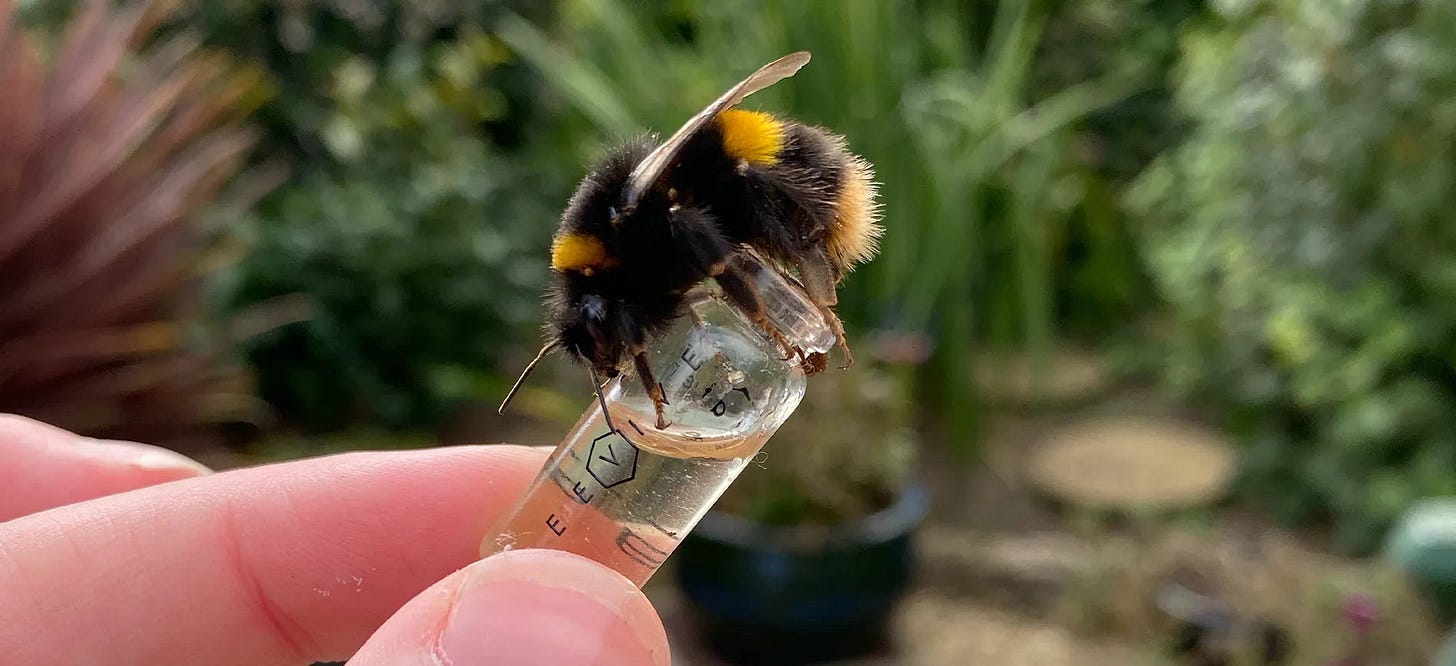There are some EA numbers I need for a piece I'm writing. I figure that's true for some of you too.
Ask for the number you want and likely someone knows it.
There are some EA numbers I need for a piece I'm writing. I figure that's true for some of you too.
Ask for the number you want and likely someone knows it.
Lizka is the only person who has ever done this. I wouldn't want it to look like I was doing something that was given the CEA stamp of approval.
Have removed
Is there solid on-the-ground evidence of this effect? annual worldwide malaria burden is on the order of 500k/year, at least in theory 330k total (reframed, 33k/year spread out across 10 years) should maybe be large enough to show up in the summary statistics if you do diff-in-diff studies etc.
A lot of this wouldn't show up in malaria, e.g. last year 39% of GiveWell funds directed went to malaria programs. But yeah, still would be interested to see data.
Where can I find estimates of total "EA influenced" giving outside of foundations?
I want to get an idea of how much money (outside of these totals) has been influenced by EA. This would include EA influenced individual donations (e.g. GWWC, EA Funds, etc.) but NOT money from large donors like OpenPhil/GiveWell/FTX.
Recommended charities might have these estimates for their organizations individually, but does this data exist in aggregate?
This article cites 14% but I can't find that figure from Rethink https://80000hours.org/2021/07/effective-altruism-growing/#how-quickly-has-the-number-of-engaged-community-members-grown
More recently, we were able to re-use the method Rethink Priorities used in the analysis above, but with data from the 2020 EA Survey rather than 2019. This analysis found the total number of engaged EAs has grown about 14% in the last year, so would now be 7,400.
How many chicken equivalent QALYs has EA created? 90% CI
This is a poorly defined question, but people sometimes ask about impact and I'd like a number that is both easy to understand and likely to be correct.
Ideally this would bundle the welfare of all animals less [sentient] than dolphins.



What is a 90% CI on how many lives EA global development has saved?